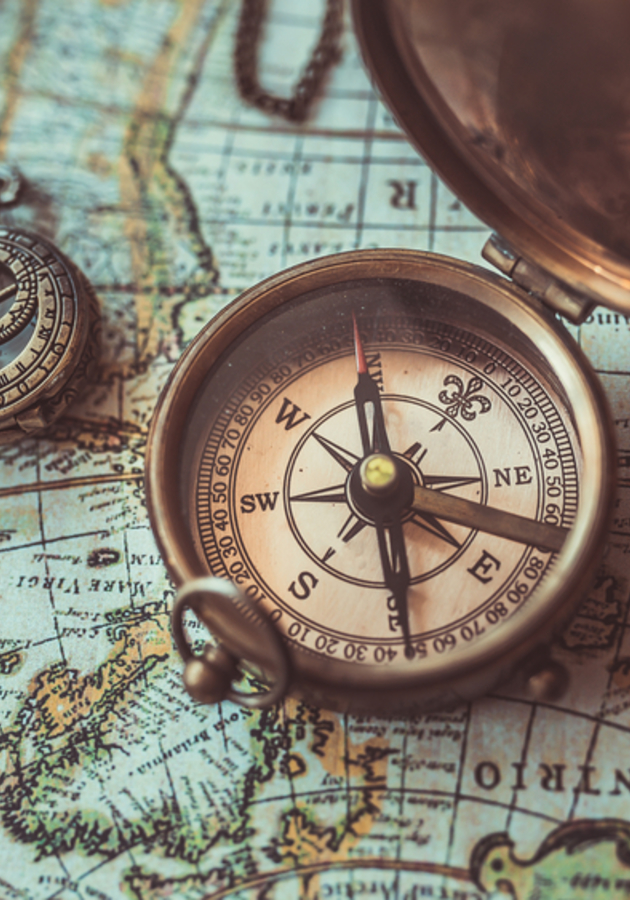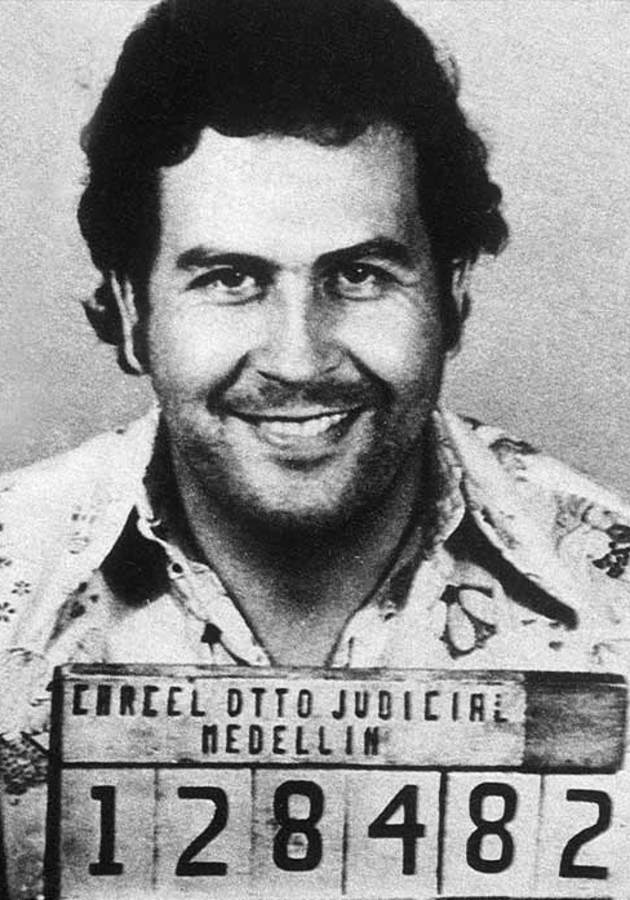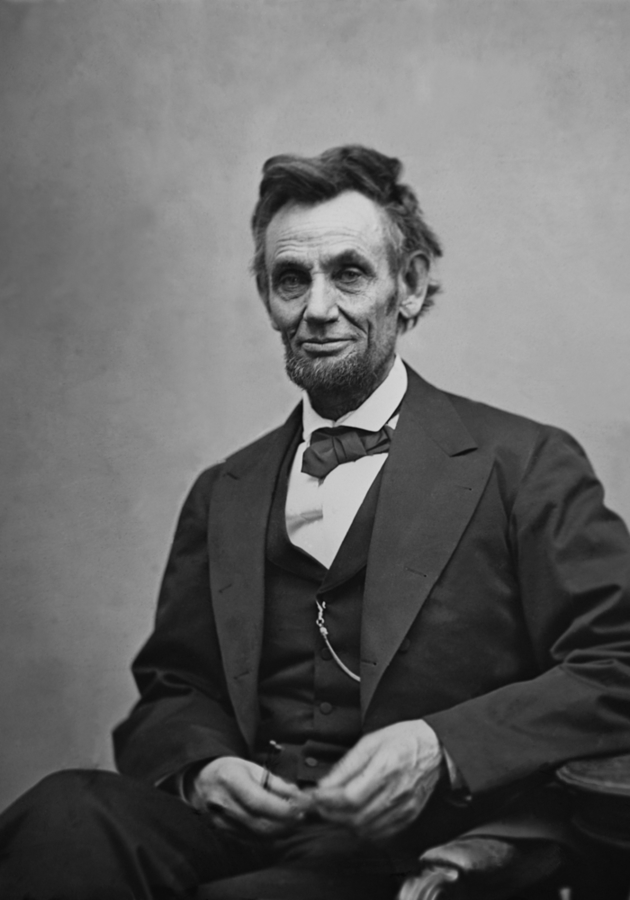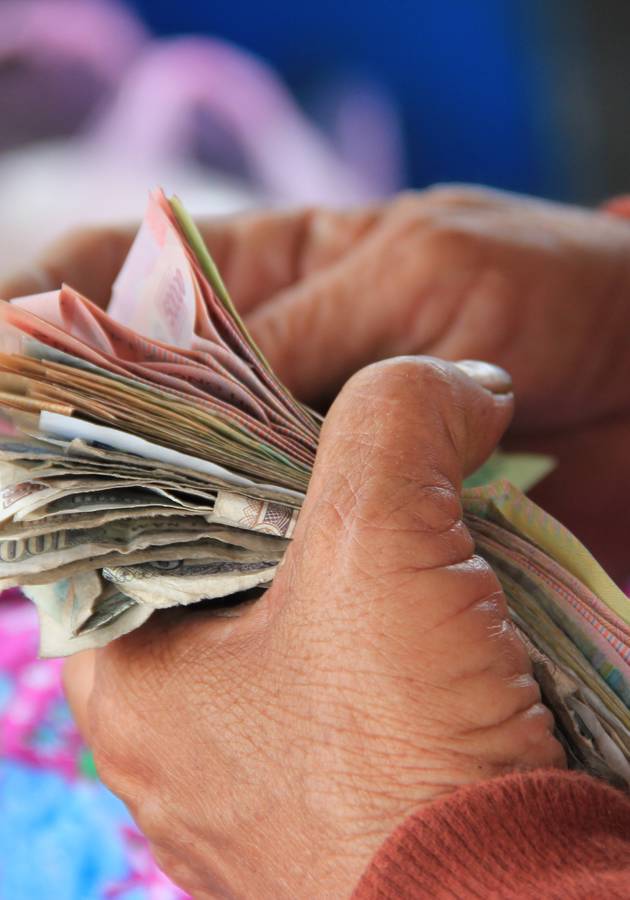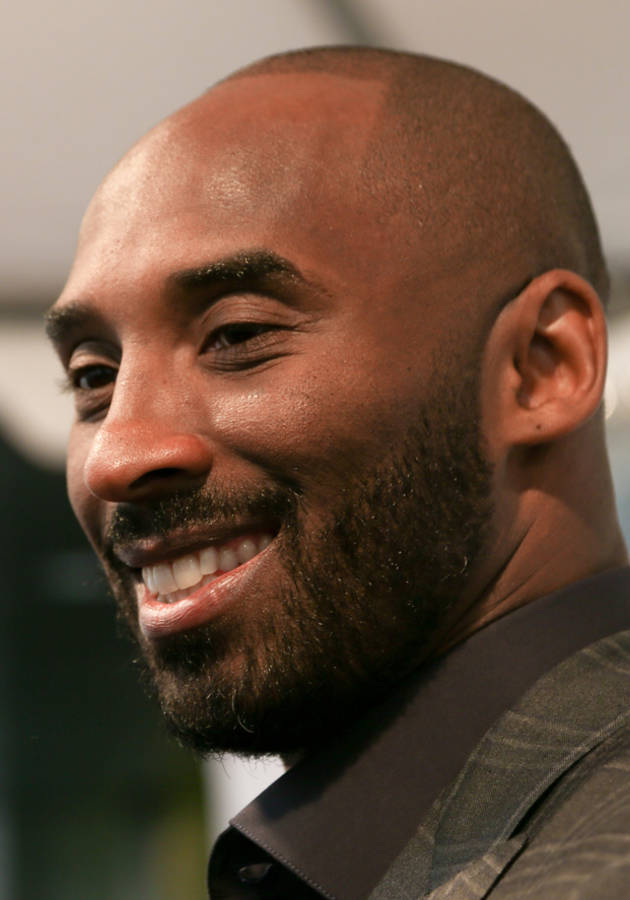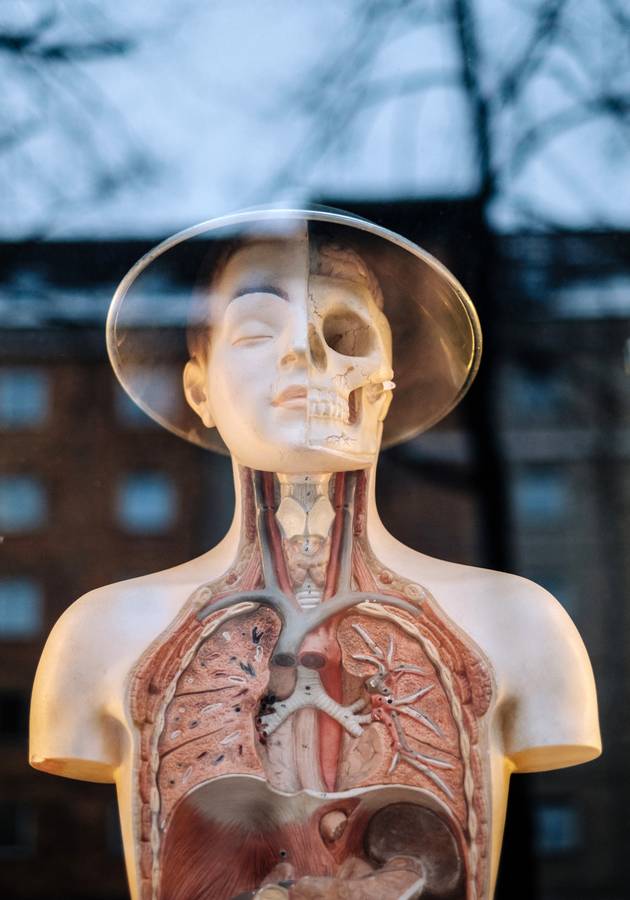Back in 1587, Elizabethan English playwright Christopher Marlowe called Persia “the middle of the world.” It had been for millennia until then, says Oxford academic Peter Frankopan in “The Silk Roads,” an extremely ambitious and impressive book that tries to reimagine world history and the rise of Western civilization by relocating its central developments some way east of Europe, more precisely, along the fabled network of Eurasian trade routes connecting the East and the West for as many as 2,000 years before German geographer Ferdinand von Richthofen in 1877 gave them the collective name for which they are famous today: Seidenstrassen, the Silk Roads.
Standing at almost 700 surprising, eye-opening, and densely populated pages, Frankopan’s book is one of those summary-defying, rereads-deserving works that come once in a blue moon. Therefore, get ready for only a few highlights which, we hope, will tickle your fancy and inspire you to explore further this “new history of the world”!
Persia, the envy of the ancient world
Nowadays, we tend to think of the United States and Western Europe as the center of the world, but for most of history they belonged to the margins of the story. “From the beginning of time,” writes Frankopan, “the center of Asia was where empires were made. The alluvial lowlands of Mesopotamia, fed by the Tigris and Euphrates, provided the basis for civilization itself – for it was in this region that the first towns and cities took shape.” That happened back in the fourth millennium B.C. with the formation of the Elamite kingdoms.
Over the course of the next thousand years, many other kingdoms and empires would spring up along the eastern edges of the Fertile Crescent, perhaps the greatest of them that of the Persians. In the sixth century B.C., under the rule of Cyrus the Great of the Achaemenid dynasty, Persia reached its territorial height, ranging from the Balkans and Egypt in the west to the Indus Valley and the Himalayas in the east and spanning 5.5 million square kilometers, more than any previous kingdom or empire.
“The envy of the ancient world,” Persia was “a beacon of stability and fairness” for many ancient writers. Its rulers and administrators were famous not only for tolerating minorities and respecting foreign customs, but also for taking charge of the maintenance and repairs of the large road system that had linked the coast of Asia Minor with Babylon, Susa and Persepolis for centuries. In many ways, this system can be considered the main precursor of what would soon become the Silk Road.
The creation of the Silk Road
During the time of the Achaemenid Dynasty, investments in infrastructure and some careful central planning made it possible for traders and royal couriers to cross the 3,000 kilometers (1,600 miles) of the famous Persian Royal Road in the course of a single week – come rain, come snow, come sleet. This was facilitated through a highly developed network of postal stations and relays placed at regular intervals along the road. No wonder Alexander of Macedon was a fervent admirer of Persia and Cyrus the Great. That didn’t stop him, though, from conquering most of the Persian Empire by 330 B.C. Alexander’s conquests increased trade and cultural exchange between Persia and the Greek-speaking world, which influenced even the people scattered around the wild steppes of Asia.
“The linking up of the steppes into an interlocking and interconnecting world,” comments Frankopan, “was accelerated by the growing ambitions of China.” Under the Han dynasty (between 206 B.C. and 220 C.E.), China, another great ancient civilization, pushed its borders all the way to the Eurasian steppes, thereby linking its own network of roads with Persia’s trade routes. These connections marked the beginning of the Silk Road trade network which eventually extended to the Roman Empire.
The Silk Roads facilitated the dissemination of a great number of goods and commodities between the East and the West. One that particularly attracted the attention of the Mediterranean was silk, which became a symbol of luxury and power in Rome almost as soon as it was first imported from China. Not everybody was impressed, though: conservatives such as Stoic philosopher Seneca, for example, deemed silk “a cipher for exoticism and eroticism” and claimed that a woman in silk garments was no different than a naked woman. “We think of globalization as a uniquely modern phenomenon,” writes Frankopan. “Yet 2,000 years ago too, it was a fact of life, one that presented opportunities, created problems and prompted technological advance.”
Saints and slaves
“It was not only goods that flowed along the arteries that linked the Pacific, Central Asia, India, the Persian Gulf and the Mediterranean in antiquity; so did ideas,” Frankopan writes. “And among the most powerful ideas were those that concerned the divine.” Even though Christianity is associated today with the Mediterranean and Western Europe, every aspect of early Christianity was Asian, Jerusalem being its focal point, Aramaic its original language, Judaism its theological backdrop. Even the stories of Christianity are not European: as Frankopan reminds us, they are shaped by deserts, floods, droughts and famines – all of them unfamiliar in Europe at the time of their origin.
Though initially a humble Judaic sect in first century Palestine, Christianity spread quickly throughout the Balkans and the Mediterranean and became pretty much the official religion of Europe when it was decriminalized by Constantine the Great in 313. However, by the time a trader named Muhammad retreated to a Meccan cave to receive a series of revelations from God in 610, Christianity had hurled the European continent backward into the rightly called Dark Ages of prescience and superstition. Muhammed’s ideas and conquests, on the other hand, kicked off a cognitive revolution in Asia, and instituted a new golden age of flourishing trade along the ancient Silk Roads.
Attracted by the riches of the Islamic world, a group of Scandinavian merchants set off south in the eighth century and founded a new state around the Caspian and Black Seas. They named it after themselves – Rus’ – either owing to their distinctive red hair or thanks to their prowess with the oar. These Vikings were the medieval fathers of today’s Russia. They were also pretty ruthless when it came to enslaving local populations and transporting them south. So ruthless, in fact, that today’s word for “slave” comes from the name of their captives: the Slavs.
Over the following centuries, both the word and the practice would spread across Europe. During the Middle Ages, slave trading was especially widespread in the Arabic world and the Mediterranean where, even today, regular greetings reference human trafficking. The common word ciao, tells us Frankopan, has its origins in the Venetian word schiavo. And it means neither “hello” nor “goodbye” but something far more sinister and unexpected: “I am your slave.”
Crusades, knaves and plagues
Unlike the Vikings, European Christians weren’t that fascinated with the rise of Islam in the East. Not only for religious reasons, but also (as is usually the case) for political and economic ones. After all, the Muslims controlled not only Jerusalem and the lands associated with Jesus Christ, but, far more importantly, the Silk Roads. The former couldn’t bring much more than recognition and spiritual dominance; the latter, however, was a source of wealth and influence for numerous civilizations and ruling elites. Just like most wars in history, the long-running Crusades weren’t started for ideological reasons, but for something far more tangible: money.
After all, according to almost all contemporary evidence, the Muslim world at the time was far ahead of Western Europe in pretty much every single area of human development and progress. Case in point: when the mighty Mongols (ridiculed as bloodthirsty tribal knaves by envious European writers) defeated the Ottomans in Anatolia, they decided to turn back, preferring the riches of China and the Arab world to anything the backsliding European continent could offer them. From the point of view of the highly organized Mongols – who, at the time, were rulers of one-fifth of the world, the largest contiguous land empire in history – the Crusades were nothing more but a sideshow, and Europe was a negligible continent on the margins of global trade networks. “The battle for the medieval world,” writes Frankopan, “was being fought between nomads from Central and eastern Asia.”
Be that as it may, the Mongols did wreak havoc throughout the Islamic world and Russia, and brought far more death and destruction in Europe than they could have ever hoped or intended. Not in the form of bloody meadows and severed heads, but in the form of germs. More specifically, the bacterium yersinia pestis which, unknown to anybody, travelled covertly with Mongol armies and traders along the Silk Road from China and the Asian steppes to Russia, Turkey and the Black Sea. When it entered Europe, it kicked off the most fatal pandemic recorded in human history, which decimated the European continent in the middle of the 14th century. “And yet,” writes surprisingly Frankopan, “despite the horror it caused, the plague turned out to be the catalyst for social and economic change that was so profound that far from marking the death of Europe, it served as its making.” That’s where we’re heading next.
Go West: the rise of Europe
In the first half of the 16th century, in a letter to a friend, the great philosopher Erasmus wrote that the world “cannot any longer bear to have two suns in the sky,” predicting that the future would belong either to the Muslims or to the Christians. Erasmus was wrong: what seemed then as an inevitable cataclysmic clash between the East and the West never really happened; what did happen, though, was the foundation of “an intense and long-standing rivalry” from which the West emerged, if not victorious, at least a bit more dominant.
It all started with the Crusades which, in hindsight, served as a springboard for a European awakening and a key to the ensuing enlightenment. What tipped the scales, however, was the discovery of the New World and the gold that started coming from Africa and the Americas to Spain, Portugal and the British Empire. The rise in disposable incomes inspired a rise in patrons of the arts and the sciences and this, in turn, made the age of exploration an age of cultural growth. Scholars today are used to calling this period the Renaissance, but Frankopan deems this a misnomer. “This was no rebirth,” he writes. “Rather, it was a Naissance – a birth. For the first time in history, Europe lay at the heart of the world.”
“The centuries that followed the emergence of Europe as a global power,” Frankopan goes on, “were accompanied by relentless consolidation and covetousness. In 1500, there were around 500 political units in Europe; in 1900, there were 25. The strong devoured the weak.” And never before in the history of humankind had the strong devoured the weak as ruthlessly as between the 15th and the 20th century, when Europe ruled the world.
From the time of Ancient Greece and Rome, Europeans had considered most Asians cruel and barbaric, but both the Islamic and the Mongol conquests were followed by “long periods of stability, peace and prosperity.” In Europe, stability and prosperity rarely accompanied peace, and both were almost always gained at the expense of the others. Reminding us of that famous Hobbesian notion “war of all against all,” Frankopan reasonably observes that “only a European author could have concluded that the natural state of man was to be in a constant state of violence; and only a European author would have been right.”
Whoever controls oil, controls much more than oil
The trade routes opened by the Great Age of Exploration diminished the global importance of the Silk Roads. They also belittled the universal significance of local cultures, rituals and art. In fact, as capitalism became rampant, slavery became a fact of life – both for the traders and the slaves. Now the world was ruled by companies so large they had their own fleets and armies and most of them were, of course, British. Between the late 16th and the early 20th centuries, the British Empire became not only the foremost global power, but also the largest empire in all of human history, covering at its height a quarter of Earth’s total land area and holding sway over a quarter of the world’s population.
In 1901, a British businessman by the name of William Knox D’Arcy offered the fifth shah of Iran, Mozaffar ad-Din Shah Qajar, £20,000 (or about $3 million today) for a 60-year concession “to probe, pierce and drill at his will the depths of Persian Soil.” The concession became one of the most important and notorious documents in modern history. Not only because it led to the foundation of one of the largest and most influential companies of the world, British Petroleum, but also because it severely affected the relations between Iran and Russia, inevitably changing the course of 20th-century history. Moreover, the concession eventually led to the demise of the Persian monarchy and yet another politico-religious schism between the East and the West. And here’s how it all transpired.
You see, once oil was discovered in Persia, the Iranians weren’t at all happy with the concession nor their Shah. A decade later, hoping to disturb the British monopoly, they granted another concession to the Americans, or more precisely, Standard Oil. The Americans, as they learned soon after, proved themselves “more British than the British,” as a Persian representative in Washington once noted. He didn’t mean it as a compliment: just like the British, the Americans turned out to be “worshippers of gold and stranglers of the weak,” and interested in nothing more than furthering their own interests in Central Asia.
They showed their true colors after the end of World War II when the CIA staged a coup to remove Iran’s democratically elected prime minister, Mohammad Mosaddegh. The reason? Mosaddegh had tried to nationalize the Iranian oil industry. Since Mossadegh was a leading champion of secular democracy, the CIA had financed extremist religious groups in order to overthrow the prime minister. Eventually, these religious groups gained so much power that they overthrew Shah Mohammad Reza Pahlavi and replaced his government with an Islamic republic under the Grand Ayatollah Ruhollah Khomeini. Iran remains to this day an Islamic theocracy. And to this day, Iranians aren’t that fond of the United States or Western interventions.
Final notes
In a Wall Street Journal review, “The Silk Roads” was described as “a rare book that makes you question your assumptions about the world.” However, it is more than just another provocative account of times gone by. “The Silk Roads” is also “a glorious read” (Vanity Fair) and a “dazzlingly rich and accessible” work of exquisite prose (The Philadelphia Inquirer). Both illuminating and highly enjoyable.
12min tip
What matters and what doesn’t depends mostly on perspective. Change your point of view and you change everything. Even history.
